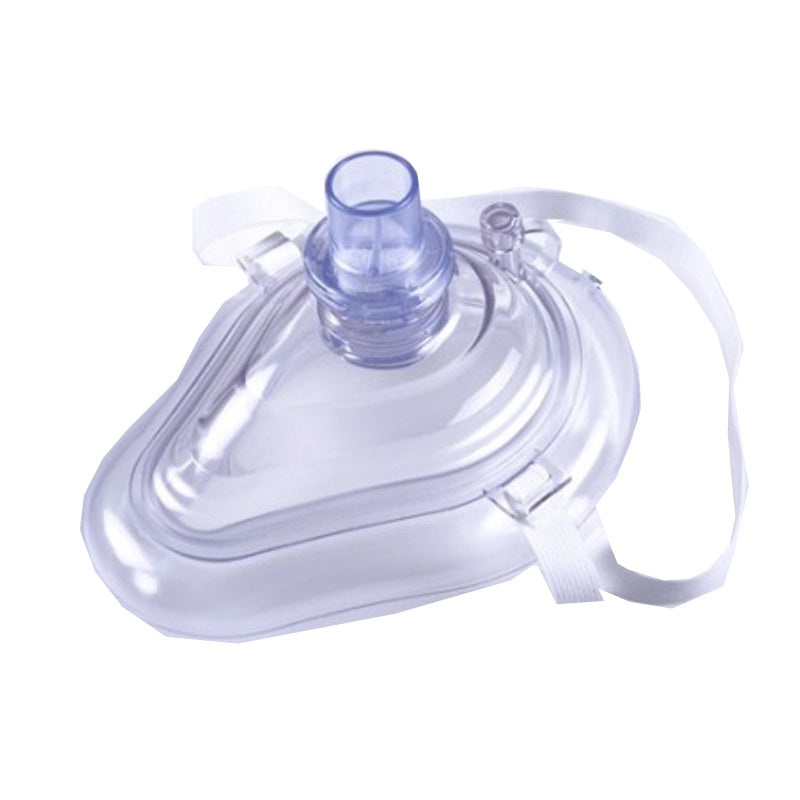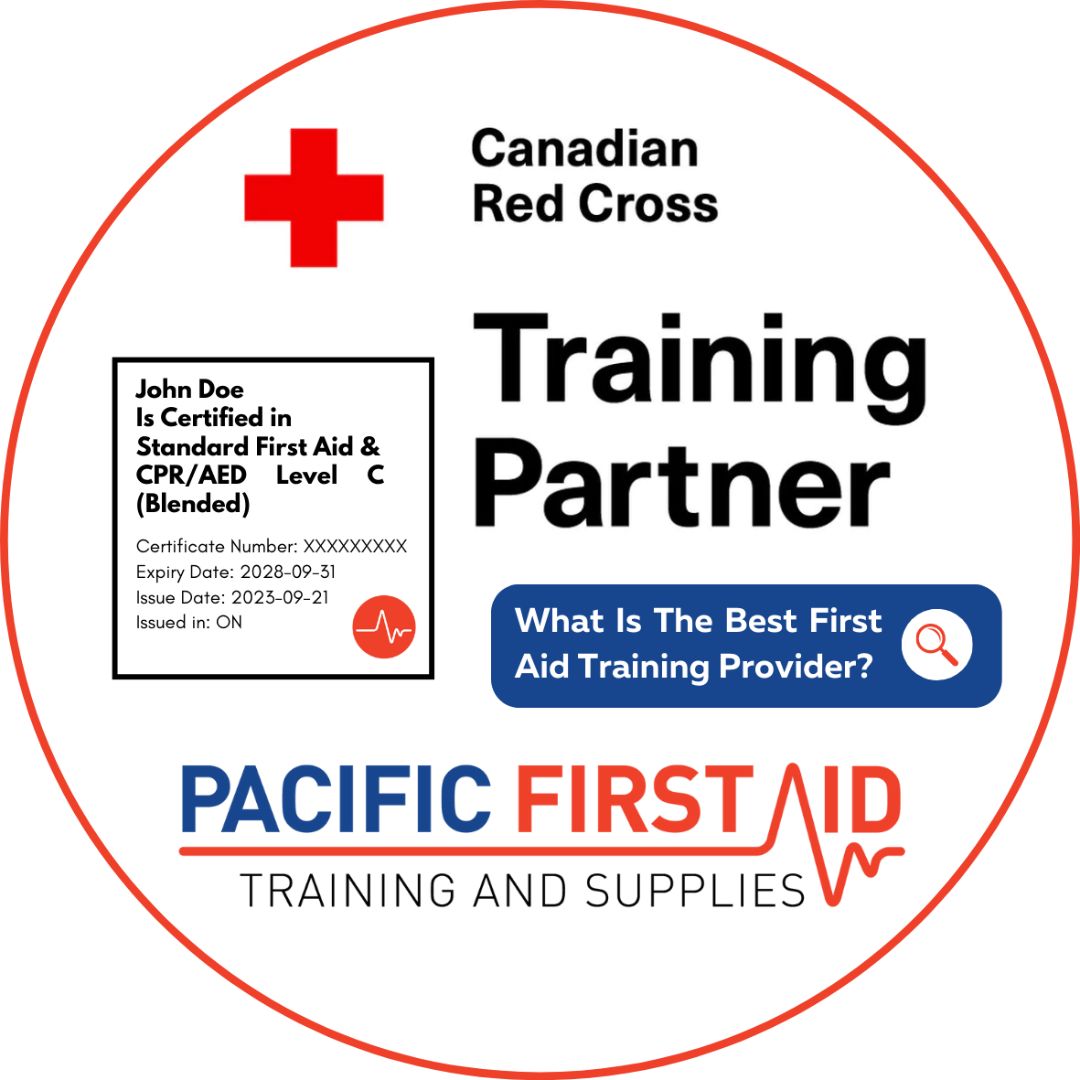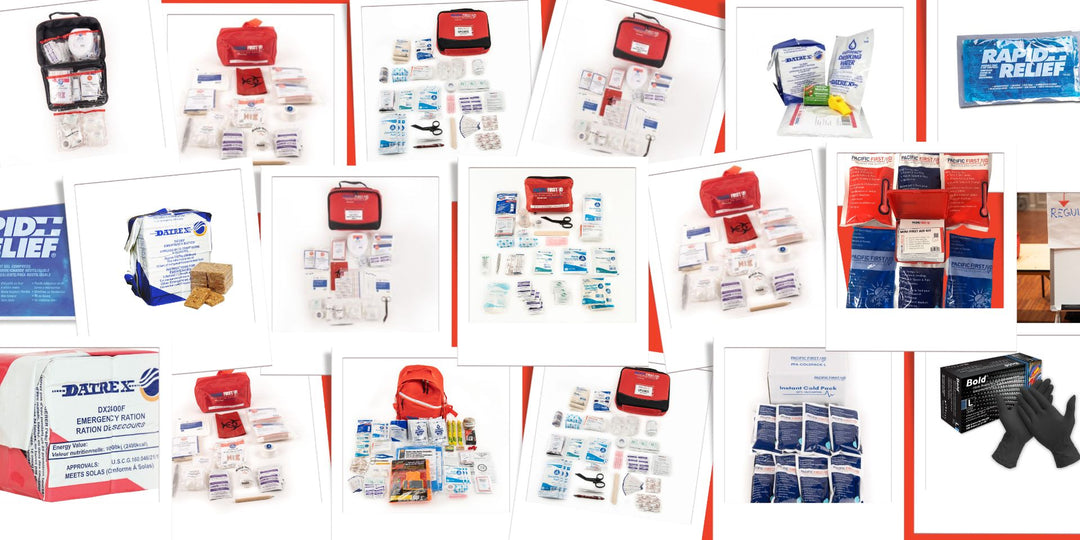
How early should you start teaching your kids first aid?
As parents, we want to be able to protect our kids from all the dangers of the world. However, First Aid is an essential skill that everyone benefits from learning – even toddlers.
From as young as when your child is a toddler, you can show your child what to do when they have a bump, bruise, scrape or cut. This can look like:
- Remaining calm by taking deep breaths
- Using an ice pack when there’s swelling or bruising from a fall
- Cleaning and applying pressure to a bleeding scrape or cut
- Sitting up straight and pinching your nose when you have a nosebleed
You can start modelling the behaviour and verbally describing what you are doing so that your toddler is aware of your thought process.
As your toddler grows older and is able to follow instructions, you are able to teach them:
- When and how to call 9-1-1 in emergency situations. The instructions will vary if you have a landline or cell phone.
- To memorize your phone number and home address
- Where the first aid kit is located
- How to clean a scrape with clean water and apply a bandage
- How to treat a minor burn with cold running water
While teaching First Aid to your child, it is important to emphasize that notifying an adult is a part of the process. Although kids love to play “doctor”, teach your child that an important part of their role is to keep the adults (you as their parent or their caregiver) informed.
When your kids get hurt, getting your kids involved in First Aid treatment can help them in different ways:
- Ease their anxiety
- Distract them from their pain
- They will feel more in control of the situation and will calm down more easily.
- Use this as a First Aid learning opportunity and they will have fun (and so will you)!
When YOU get hurt, if it is a small injury, consider including your kids to help with your First Aid treatment!
The skills learned in First Aid help kids build self-confidence and compassion for others by using real-life scenarios.






